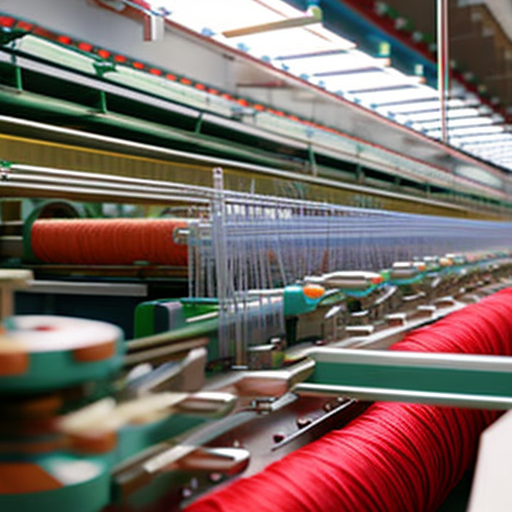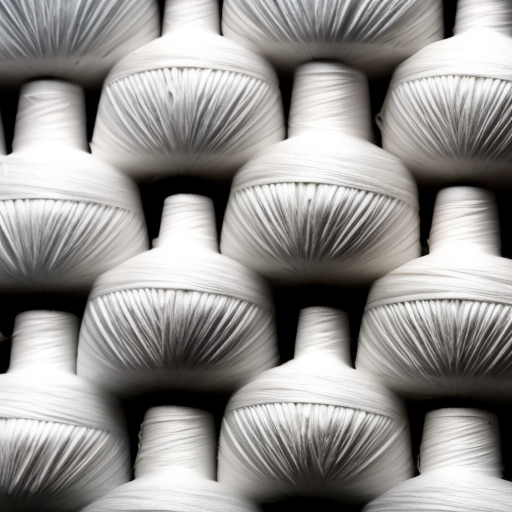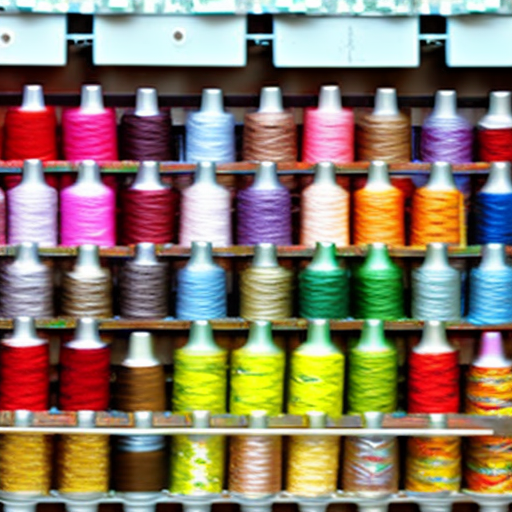

Introduction
Sewing threads play a crucial role in the textile industry and are used in various applications such as stitching garments, upholstery, footwear, and more. The manufacturing process of sewing threads involves several steps to ensure the production of high-quality and durable threads.
1. Yarn Spinning
The first step in the sewing thread manufacturing process is yarn spinning. Natural or synthetic fibers like cotton, polyester, nylon, or a blend of these materials are used to create yarn. This process involves drawing, twisting, and winding fibers into continuous threads, also known as yarn.
2. Fiber Preparation
After the yarn spinning process, the yarn is subjected to fiber preparation. During this step, the yarn undergoes various treatments such as cleaning, lubricating, and conditioning. These treatments help improve the thread’s quality and performance during sewing.
3. Thread Formation
Thread formation is the core step in the sewing thread manufacturing process. It involves twisting multiple yarns together in a process called plying. Plying increases the strength and stability of the thread, making it suitable for sewing applications. The number of yarns twisted together can vary depending on the desired thread thickness and strength.
4. Thread Finishing
In the thread finishing stage, the threads are subjected to various treatments to enhance their properties. This may include processes like waxing, dyeing, or applying special coatings to improve the thread’s sewability, colorfastness, and resistance to abrasion.
5. Quality Control
Quality control is an integral part of the sewing thread manufacturing process. Threads are carefully inspected to ensure uniformity in thickness, color, strength, and other essential parameters. Any defective threads are removed during this stage to maintain the highest standards of quality.
Conclusion
The sewing thread manufacturing process involves several steps, from yarn spinning to quality control. Each stage requires precision and attention to detail to produce high-quality threads that meet the standards of the textile industry. By understanding the intricate manufacturing process behind sewing threads, we gain a deeper appreciation for the thread’s role in our everyday lives.





Fascinating! Great article!
Maria Lopez: Very informative! This is really helpful!
This is an excellent post that clearly explains the process of sewing thread manufacturing in detail – it’s great to have such comprehensive information readily available!
Wow, this is extremely helpful! Thank you for posting!
Very informative and useful! Thanks!